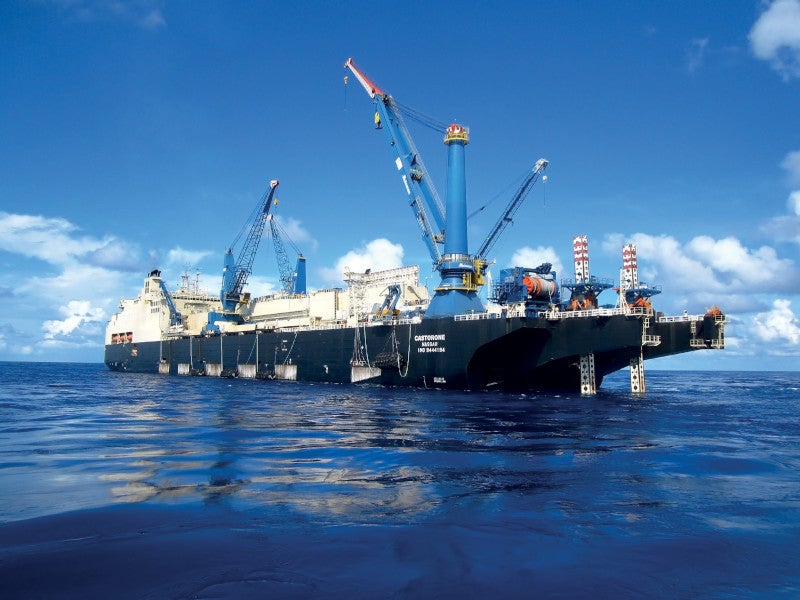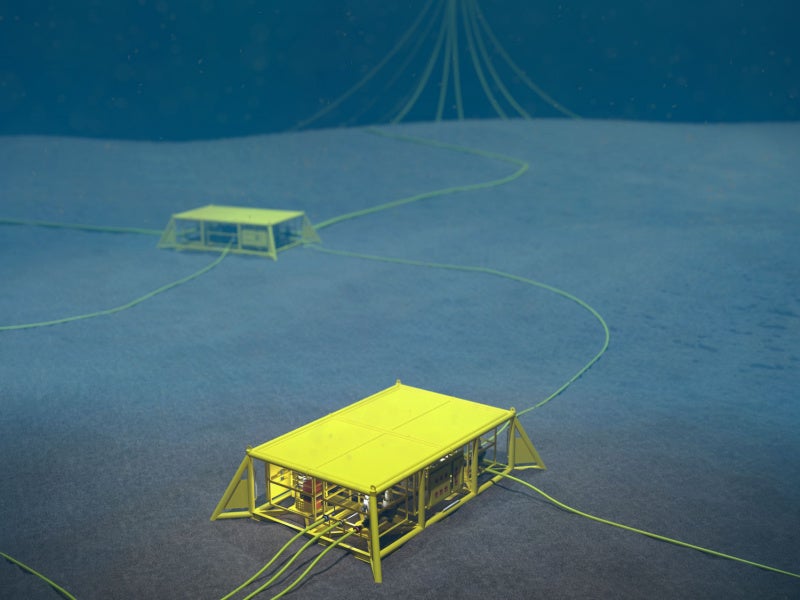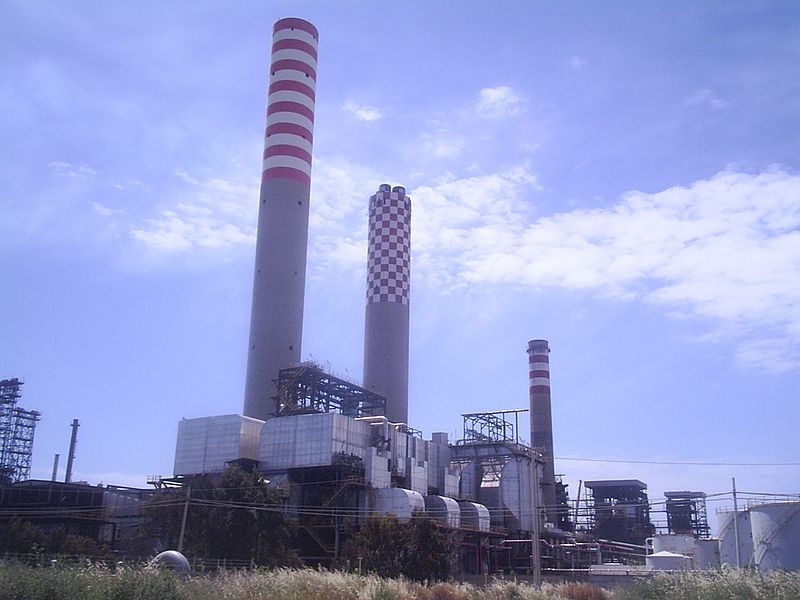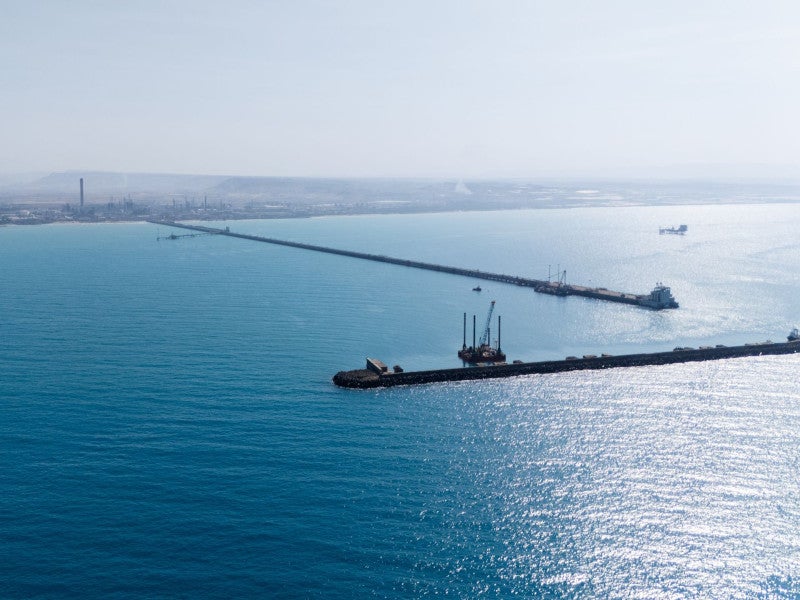The Argo and Cassiopea fields, situated 25km off the Sicilian coast in Italy’s Ibleo Area, represent the country’s largest greenfield gas development.
The fields are jointly owned by Eni, an oil and gas company; and Energean, a hydrocarbon exploration and production company, with 60% and 40% interests, respectively. Energean’s 40% interest in the fields was earlier held by Edison E&P, an oil and gas production company that was acquired by the former in 2020.
The project will be Italy’s largest greenfield gas development and is expected to have a net peak production of 100,300 barrels of oil as an equivalent per day. The two fields are the main producing fields in the country and they started operations in August 2024.
The project features a dedicated 3.6MWp photovoltaic panel installation that will enable the project to achieve carbon neutrality for its scope 1 and 2 emissions.
Argo and Cassiopea gas project location
The Argo and Cassiopea fields lie in the licensed Ibleo Area within the Strait of Sicily. The area also includes several other prospects such as Gemini, Centauro, and Vela.
Discovery and reservoir details of Argo and Cassiopea fields
The Cassiopea field was discovered by the Cassiopea 1 well in July 2008 at a water depth of 560km, 22km offshore the coast of Agrigento.
The Argo field was discovered in May 2007 by the Argo 1 well in water depths between 1,350m and 1,520m. The well flowed at the rate of 769ft³ per day during test production.
The field reservoirs’ holding gas is of the early Mesozoic to Cenozoic Age in the Pleistocene-Age clastic sediments.
Reserves of Argo and Cassiopea fields
The gas reserves at the Argo and Cassiopea fields are estimated to be approximately ten billion cubic metres (bcm) with peak annual production expected to be 1.5bcm of gas.
Argo and Cassiopea gas fields development details
The fields are developed through four subsea wells, comprising two new wells and two re-completions. The Argo field produces from a single well while the Cassiopea field produces from three wells.
The four wells are tied back to the new Prezioso K platform, which is installed at a water depth of 45m, along with an optimised subsea production system. The platform hosts the treatment and compression system for the project and is connected to the existing Prezioso platform through a 60m-long bridge.
The well control system operations and chemical injection for the fields are provided from the Prezioso platform. Natural gas from the offshore platform is transported via a new 14in diameter, 60km-long pipeline to the Gela processing plant.
Gas processing capabilities
A memorandum of understanding (MOU) was signed between Eni and the Ministry of Economic Development to transform the Gela refinery area into a green refinery project in November 2014.
The gas produced from the fields will be treated at a new treatment plant being constructed at the Gela refinery area, as part of this MOU.
The construction of the treatment plant started in September 2021 with an estimated investment of more than €700m ($764m). Gas production from the plant started in the first half of 2024.
The development plan for the treatment plant aims to minimise the surface area occupied, maintain environmental sustainability, and enhance the local area.
Contractors involved
Eni Mediterranea Idrocarburi, a subsidiary of Eni, awarded a €300m ($327.41m) contract to Saipem. The contract was related to the transportation and installation of the offshore gas pipeline connecting the four wells of the Argo and Cassiopea fields to the Sicilian coast.
Saipem engaged the Castorone and Castoro ten pipe-laying vessels while the Saipem 3000 vessel installed the umbilicals connecting the Cassiopea wells to the Prezioso platform.
Italy-based engineering company Proeco was contracted to perform process, mechanical, and machine engineering, as well as 3D modelling for the Prezioso K platform.
Italy-based Arighi Engineering Services was subcontracted by Proeco for architectural front-end engineering design (FEED) endorsement of the Prezioso K platform topside modules.







